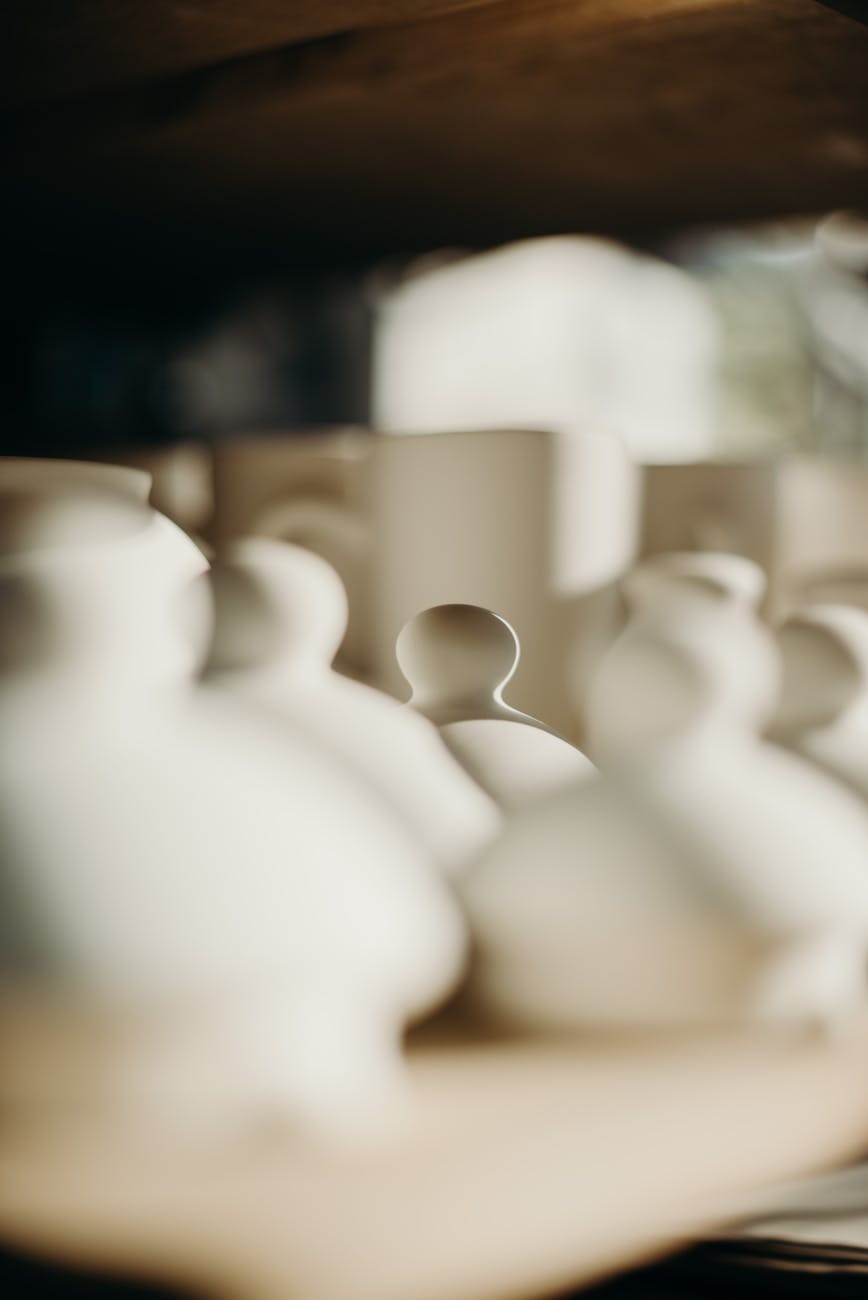Dispelling Old Pottery Myths: Separating Fact from Fiction
Despite ceramics’ rich complexity, many misconceptions still surround this ancient yet innovative craft. Public unfamiliarity breeds flawed folklore that obscures pottery’s diverse reality. However, dismissing stubborn fictions through simple truths spotlights the remarkable creativity thriving within today’s ceramic arts once myths get stripped away.
Myth: Pottery is a Static Historic Craft
Some assume pottery ossified as heritage artifact, but it remains a vibrant contemporary art medium. While mastering traditional techniques, today’s ceramicists embed modern aesthetics, technologies like 3D printing, and urgent social discourses into their boundary-pushing works. Pottery continually evolves while honoring lineage.
Myth: Making Quality Pottery is Easy
Movies simplify pottery making into brief throwing scenes when in reality years of dedicated practice are required to master exacting techniques and material mastery. Knowing when clay has the precise plasticity for throwing takes situational experience. There exist no shortcuts to flawless glazing, firing, and kiln chemistry. Real craft reflects lifelong devotion.
Myth: Kiln Effects Are Unpredictable
The common perception of mysterious kiln alchemy overlooks extensive scientific foundation effective potters possess. Clay composition, firing atmospheres, programmed ramps and soaks determine outcomes when matched sensitively to glazes through measurable testing and adjustment. Desired results manifest through data-driven refinements rather than guesswork.
Myth: Pottery is Primarily Folk Craft
Antique hand-thrown wares conjure idyllic pastoral images but overlook the extensive conceptual fine art ceramic movement. Sculptural abstraction, profound installations, multimedia ideation, and social activism aesthetics demonstrate the medium’s immense creative scope beyond functional kitchenware associated with cottage craft. Clay communicates compellingly through contemporary form.
Myth: Mastery Comes Quickly from Short Classes
While short workshops provide valuable exposure, developing expertise demands extensive practice over years guided by master mentors through apprenticing, residencies, and intensive programs. Dexterity and intuition arise cumulatively. Each increment lifts technique while deepening artistry rooted in history and personal spirit expressed through earth. Pottery masters devote lifetimes.
Myth: Glazes Are Simply Glass-Like Coatings
In reality, glaze chemistry and firing techniques create nearly unlimited effects from crackling to effervescence, crystallization, luminosity, and reactive color blending far exceeding basic shiny coverings. Mastering glaze materials enables spectacular surfaces. For artistic glazers, chemistry offers a creative universe through combinations and skill unlocking mysteries.
Myth: Clay is Just Children’s Play Material
While clay benefits early cognitive development through sensory play, dedicated adults devote decades to mastering the advanced physics, chemistry, anatomy, and design understanding needed to manifest professional ceramic artistry. Like any fine craft, progressing beyond crude hobby works into distinguished mastery reflects mature perseverance and patience exceeding any weekend workshop tourist.
Debunking persistent myths through factual illumination celebrates the true wonder animating an ancient medium endlessly reinventing itself through imagination and science blended by dedicated hands across millennia and cultures. No fixed narrative bounds what unfolds next through ceramics’ creative spirit when unconstrained by faulty preconceptions. The sole enduring truth remains potential waiting uncovered through earth transformed by vision’s fire into tan
